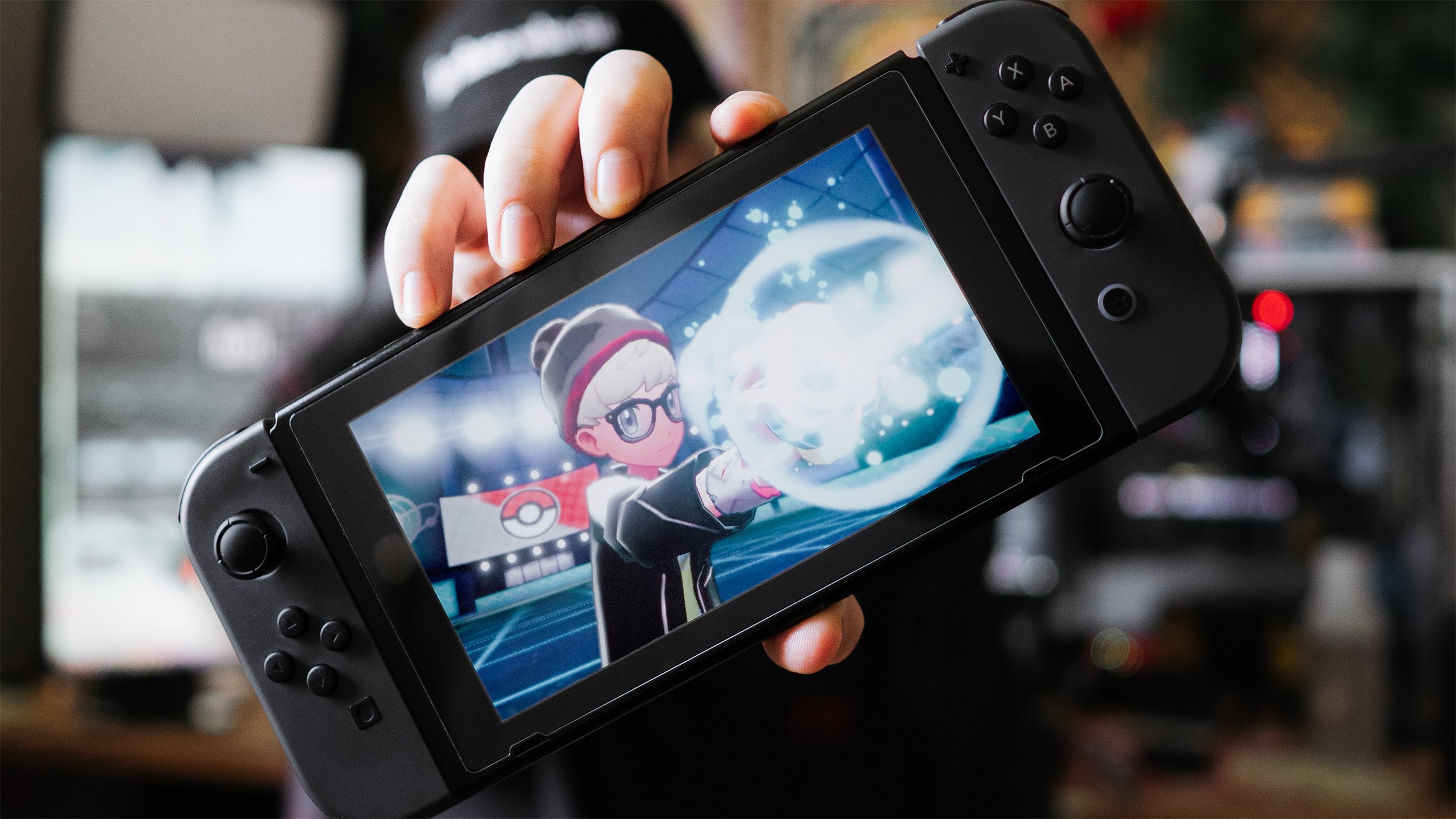
How to Use Someone Else's Team
8min 59sec read
Learn how to approach using a team you didn't build yourself.
Written by Aaron Traylor
Teambuilding / Picking A Team Without Teambuilding
Finding teams made by other people is easier than ever; you can watch a YouTube video and get a paste, or you can rent teams using the rental codes feature in Pokémon Sword and Shield. However, sometimes it’s hard to know how to battle with a team once you have it, and you might feel lost. We’ll talk about our strategies for finding success when battling with another person’s team.
Prelude: every team is built for a reason
It’s important to recognize why it might be hard to win games with a team that you didn’t make– that's because you don’t have direct access to the teambuilder’s intent. When the teambuilder made the team, they chose specific Pokémon based on their goals, practiced with that team and refined it based on their testing, and ultimately found success because they could play the team in a way that felt comfortable to them. When you use someone else's team– even if they tell you how to use it– you're recreating their thought process and playing their team in your way.
First, pick a team
You’ll want a team that was designed to be used in the current format. We recommend choosing teams that have some explanatory information from the author, because that will give you more of a jumping off point– but it's not a requirement.
You’re going to find more success with teams that are published more recently, because teams built for an earlier version of the metagame might not have been created with current threats in mind. Take teams more than a few weeks old with a grain of salt.
Finally, not all rental teams are equally strong. Keep track of a couple teams that you’re interested in, and don’t be afraid to switch it up after giving one a shot
Reverse Engineering
Your job is to figure out why the author of your chosen team made each decision that they did, which can guide your own understanding of the team.
Before you begin reverse engineering, come up with a threatlist-- what Pokémon and archetypes do you think you’re likely to face when you use this team?
From there, you have two major goals when reverse engineering a team:
Understand team preview (which Pokémon should I bring to a battle?)
Know how to make a game plan (how do I reach victory with the Pokémon I choose?)
By focusing on these skills, you'll understand the rationale behind the decisions you make, and piloting the team will feel more natural.
First, try to figure out why each Pokémon was chosen.
Do they synergize or work together in particular ways? If so, you might want to consider bringing them to the same games.
Do they cover for each other’s weaknesses? If so, you might want to think about how they could switch in for one another– or if they are intended to be brought to separate games entirely.
Does any one Pokémon stick out (e.g. a Choice Scarf Pokémon on a Trick Room team)? What is that Pokémon adding specifically that the other Pokémon don't? Can it be used in contexts that the other Pokémon struggle in?
Second, look at the moves, abilities, and items of each Pokémon on your team.
Which moves do you think you'll be using the most with each Pokémon?
Are any choices unique, or not what you were expecting (e.g. weird item, weird ability, weird move)? Can you figure out the purpose for those choices (beyond surprise factor?)
Does anything combo with other Pokémon on the team (e.g. Helping Hand, Rage Powder, Weakness Policy)?
In particular, are any of the moves coverage moves (i.e. deal attacking damage, but are not the same type as the Pokémon)? Try to identify which Pokémon or archetypes from your threatlist might struggle to deal with those moves. Use the damage calculator to confirm your hypotheses. If you think you’ve found an answer, you’ve gained insight into what specific threats concerned the author, and you might know more about how they intended for the team to be played.
If you have access to the EVs– can you figure out what they're designed to do, or if they change how the Pokémon plays? (Running a lot of damage calcs can be challenging and time-consuming, so don't spend too long here). Does any stat investment stick out as odd to you (e.g. a bunch of Speed EVs in something that's typically slow, or a Pokémon with more bulk than usual?)
Next, try to figure out the "modes" of the team– which Pokémon were intended to be brought together, either in the front or the back? Do you have more than one choice in most battles? Come up with lead combinations, and write down situations in which you'd want each one. Then think about which Pokémon you can bring in the back for each lead combination.
Your final step is to take another look at the threatlist that you made, but now from a position of better understanding your team.
For each threat that you identified– how would your team deal with them? Are there any threats that you have to pay particular attention to? (e.g. a Pokémon that threatens a lot of knockouts on your team, a Pokémon with setup moves you can't stop?) How would you approach them in battle?
If you have specific archetypes or full teams on your threat list, come up with a team preview strategy against them– both front and back Pokémon– and think about what your win conditions would be in that scenario. It's unlikely that you'll play a team that's exactly what you expect, and whatever plan you make isn't the only way you can approach the battle, but when you consider your options ahead of time, you'll be more ready in the moment.
Consider if there are any archetypes or full teams that negate the strengths of any of your Pokémon in particular - knowing which Pokémon you want to leave behind in certain matchups in advance will make team preview easier.
Optionally, if you're using a team that comes with videos of someone playing it, watch a few battles. Stop the video frequently, at team preview and before they select a move, and think about how you would approach that point in the battle. Then, see what that player does. How do their instincts differ from your own? Can you find the rationale for their plays? With the work that you've done to understand their team, you'll be better able to contextualize their decisions, even if your thought process diverges from the author's or player's.
Why is Reverse Engineering Important?
Reverse engineering a team when you don’t know much about how it was created is hard– I struggle with it myself. I think there are a lot of benefits to reverse engineering, though, and you can learn a lot about how the game works:
You get access to other players’ perspectives, and you have to invest cognitive effort to understand where they’re coming from.
If there are teambuilding/battling elements that excite you, then look for them in other teams-- and see how those authors’ takes differ from your own.
You can learn to play the team in a way that the original author might not have thought of.
With different perspectives, you can identify weaknesses in other teams much more easily. When playing with X team, I struggled against opponents that did Y. Now that I’m facing X team: how do I beat it?
Wrapping Up
It's a tall order to take someone else's team and use it to win in a battle. Be proud of yourself for every time you make a decision and it feels right, and for every time you feel like you know what's going on in battle. Don’t be discouraged if it takes a couple teams before one really clicks– by even trying, you're learning and growing as a player, and you're making your own path to success.

